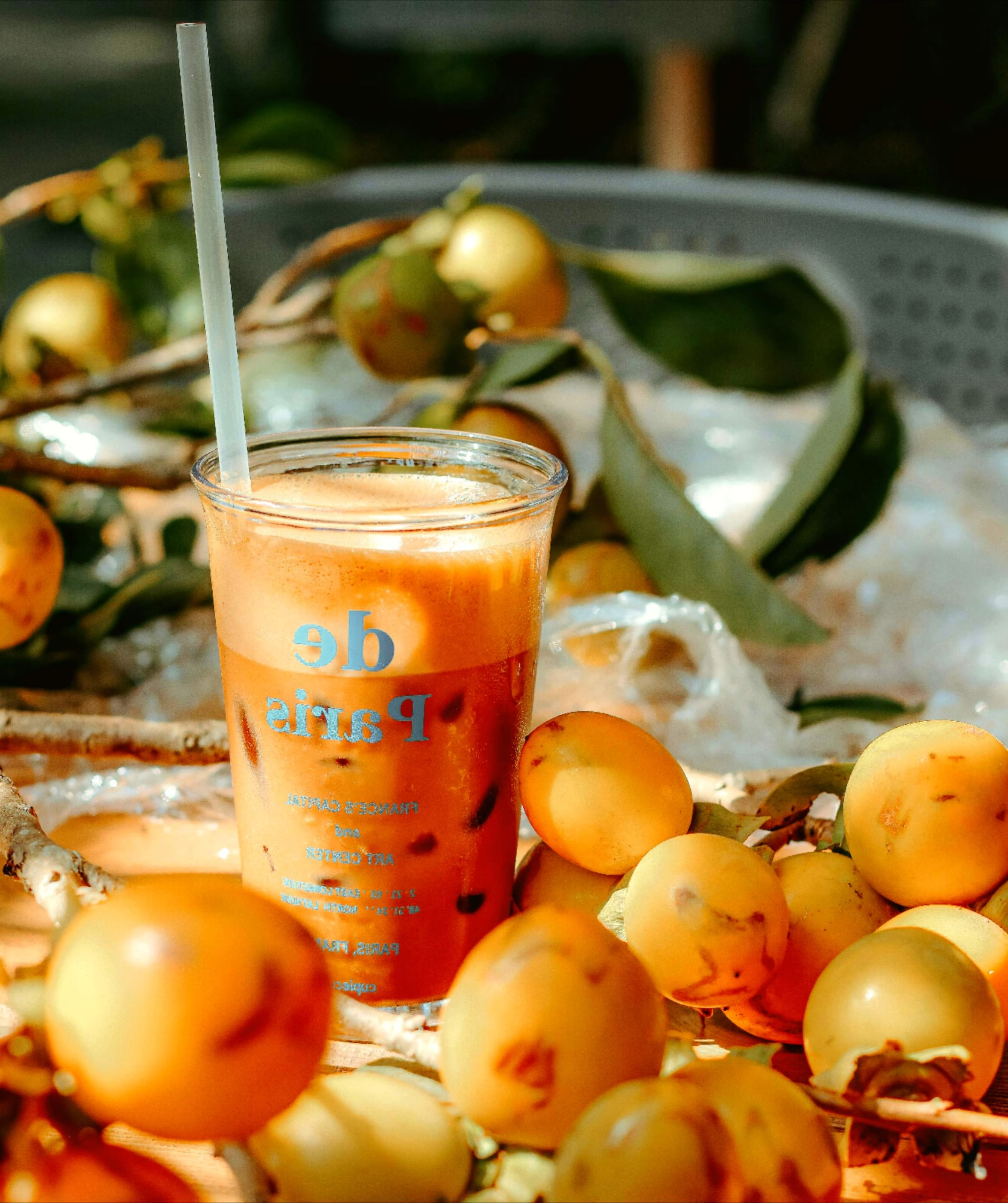Anyone who has bought persimmons has undoubtedly noticed that some have a layer of white powder on the skin. People often mistakenly think it indicates mold and avoid buying them. What exactly is the white powder on persimmons?
What exactly is the white powder on persimmons?
It turns out that this white powder on the skin of persimmons is called “burumu,” a natural wax-like oil that prevents water evaporation and protects against bacteria. This also means that persimmons with white powder are usually fresh and not moldy.
A similar mechanism can be seen on other fruits (such as grapes) and even insects. Many connoisseurs specifically choose persimmons with white powder.
Persimmon cakes also have a layer of white powder on their skin.
Also, persimmon cakes also have a layer of white powder on their skin, which is different from the layers of fruit powder. The white powder on dried persimmons is a condensation that oozes out from the fruit pulp as the fructose evaporates. While it’s different from the powder on fresh persimmons, both are natural phenomena and safe to eat.
Persimmon Pudding recipe
Have you ever bought persimmons, intending to wait for them to ripen before enjoying them, only to accidentally overripe them? What should you do if you encounter overripe persimmons?
Ingredients:
Overripe persimmons, milk
Instructions:
- Cut the overripe persimmons in half and remove the pulp (not the peel) with a spoon.
- Blend the persimmon pulp with milk in a blender (use slightly less than half the amount of milk to measure persimmons; this is a good amount to visually measure).
- Blend until smooth, pour into a heatproof container, and microwave. (Microwave at 500W, heat for 1 minute 20 seconds)
Pour into your desired pudding container and let cool or refrigerate for a delicious pudding.
Why does this pudding hold together without gelatin or gelatin? It’s because the persimmon pectin reacts with the calcium in the milk, forming a jelly-like consistency.


Leave a Reply